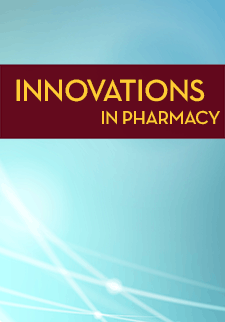Pharmacist Perspectives on Medication Costs and Affordability: A Pilot Study
Shraddha Shinde
Bupendra Shah
DOI: https://doi.org/10.24926/iip.v5i2.338
Keywords: pharmacist, perspectives, medication cost, affordability
Abstract
Background- Research on pharmacist provided care and services has rarely focused on medication cost and affordability. This study aims to bridge the gap by examining pharmacists' perspectives of medication costs and affordability.
Objective- To explore pharmacists' perceptions about medication cost burden for patients, their communication with patients about i) ability to afford medications, ii) price, and iii) ways to reduce medication cost burden, their perceptions about ways to help improve affordability of medications and the barriers to communication.
Method- A cross sectional exploratory study design was utilized. A convenience sample of pharmacists working in community pharmacies in Brooklyn was approached and asked to complete a survey. The survey questions examined the extent to which pharmacists: 1) perceived medication cost to be a burden, 2) initiated discussion about i) ability to afford medications, ii) price of medications, iii) ways to reduce cost burden. Pharmacists were also asked to opine on how to improve affordability of medications and their perceived barriers for such communication with the patients. Questions were formulated to differentiate pharmacists' perceptions and behaviors in regards to dealing with patients with (PWI) and without insurance (PWOI). Data was analyzed using SPSS version 17.0.
Result- A total of twenty-six pharmacists out of 54 approached participated in the study. Majority of the pharmacists reported the cost of medication to be extremely/very burdensome for PWOI (73%) than PWI (23%). In contrast, more pharmacists reported initiating a discussion very often/always about affordability with PWI (35%) than PWOI (20%). Discussions about price of medications were more common than discussions about affordability and ways to reduce medication burden. On an average, 33% of the pharmacists suggested generics as a way to improve affordability of the medications for PWI and PWOI.
Conclusion- Patient-pharmacist communication on affordability and ways to reduce cost burden occurs very infrequently. Understanding the perspectives on patient-pharmacist communication on medication cost may help in developing effective strategies and may help reduce cost-related medication non-adherence.
Type: Student Project


